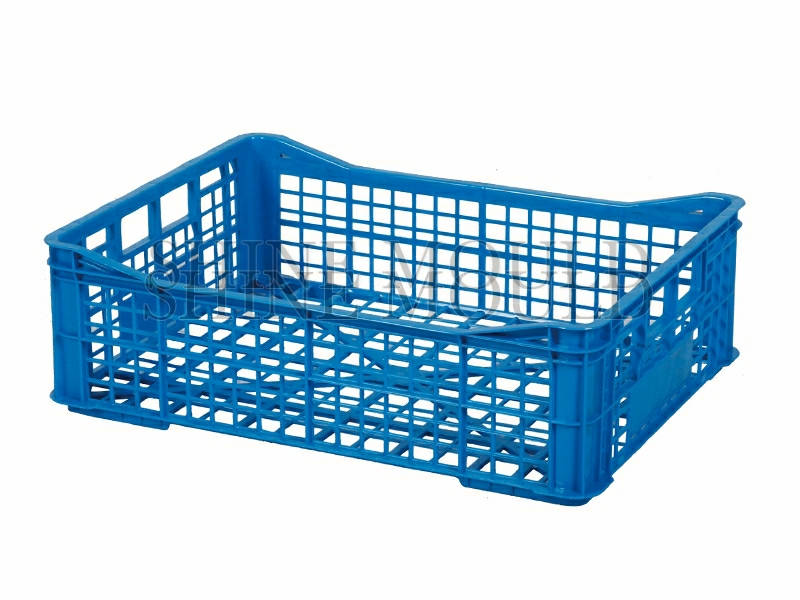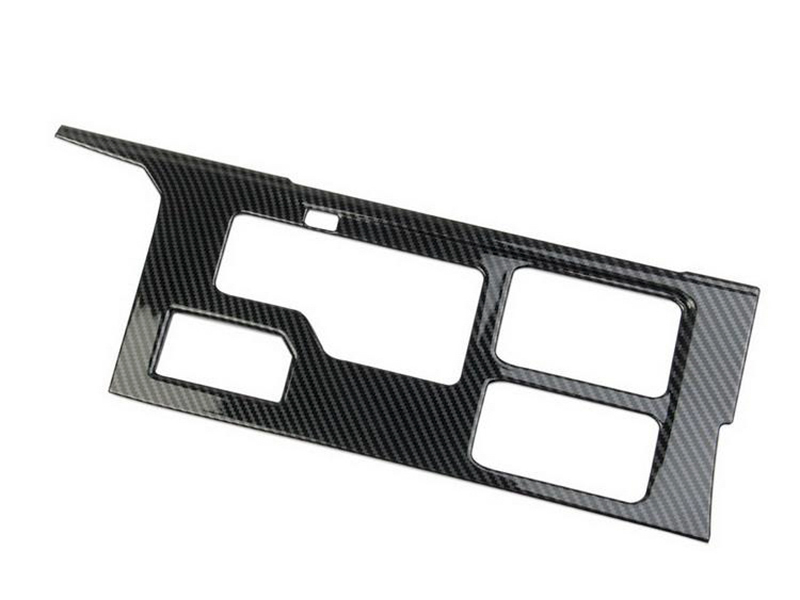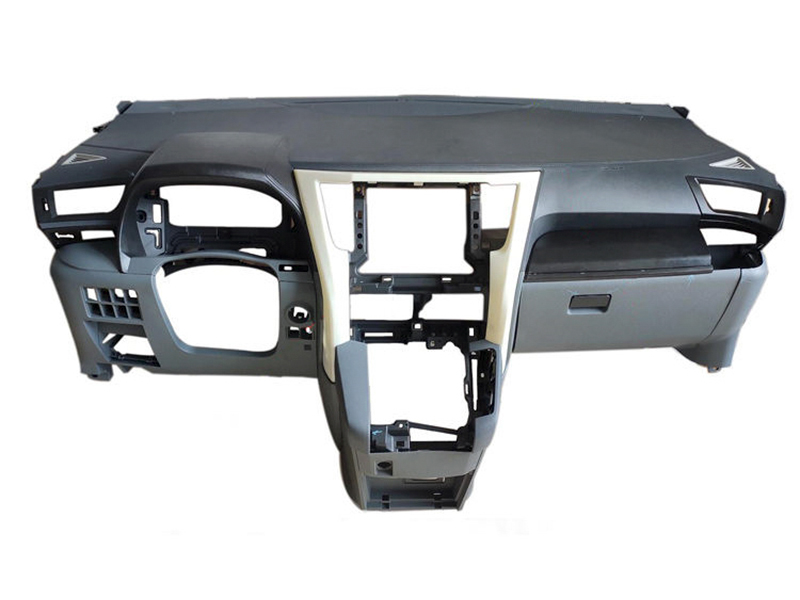Methods To Prevent Deformation Of Bucket Mould
The deformation of bucket mould will directly affect the service life and delay our application. The manufacturer will tell you how to extend its service life and how to prevent deformation?
There are two possibilities for the deformation of bucket mould: the quality of the bucket mould itself is not good, and the use of it does not pay attention to related problems;
Due to the quality problem of bucket mould, the problem of deformation is still relatively small. The current bucket mould manufacturer should conduct a careful inspection before supplying it to the outside world. Therefore, its deformation problem is more related to the items they contain and the location and angle of the items.
When we use bucket mould to pack bulk goods, sometimes the bucket will be more easily deformed. There is an interesting statement by his deformation because the bucket mould has good sealing performance, so when the bucket mould is filled with liquid objects, the bucket mould is airtight after the lid is tightened.
Generally, the high heat that bucket mould can carry is less than 108 degrees, and the low heat is minus 70 degrees. Therefore, under normal circumstances, the temperature of the liquid carried by bucket mould should be minus 40 degrees to minus 60 degrees. . If it exceeds this value range and installs a heavier or higher temperature liquid, protective measures should be taken for the bucket mould to avoid deformation of the bucket mould. The bucket mould obstruction inspection regulations stipulate that it must be sealed and airtight. If the liquid inside is dangerous, then the bucket mould required for category I dangerous goods must be able to withstand a pressure of 30Kpa/cm2, and category II and III dangerous goods The bucket mould that needs to be decorated should also be able to withstand a pressure of 20Kpa/cm². The more sealed and airtight a bucket mould is, the easier it is to deform. This is a conceptual error.
Therefore, when the internal liquid is cooled, the pressure in the barrel becomes smaller and the external pressure becomes larger, resulting in a pressure difference between the inside and outside of the barrel, resulting in deformation of the bucket mould. This is a conceptual error. In the production formula, the pressure that bucket mould can withstand should be determined according to the dangerous degree of the liquid contained, and it will not be deformed by pressure.
It is often believed that the deformation of the bucket mould is due to its good sealing. After the bucket mould is filled with liquid goods and the lid is tightened, it is airtight, so when the liquid inside is cooled, the pressure in the bucket becomes smaller. The large external pressure causes the pressure difference between the inside and outside of the bucket, which causes the bucket mould to deform. The more sealed and airtight a bucket mould is, the easier it is to deform. This is a conceptual error. The bucket mould obstruction inspection regulations stipulate that it must be sealed and airtight. If the liquid inside is dangerous, then the bucket mould required for category I dangerous goods must be able to withstand a pressure of 30Kpa/cm2, and category II and III dangerous goods The bucket mould that needs to be decorated should also be able to withstand a pressure of 20Kpa/cm².




 Search...
Search... English
English




.jpg)
.jpg)
